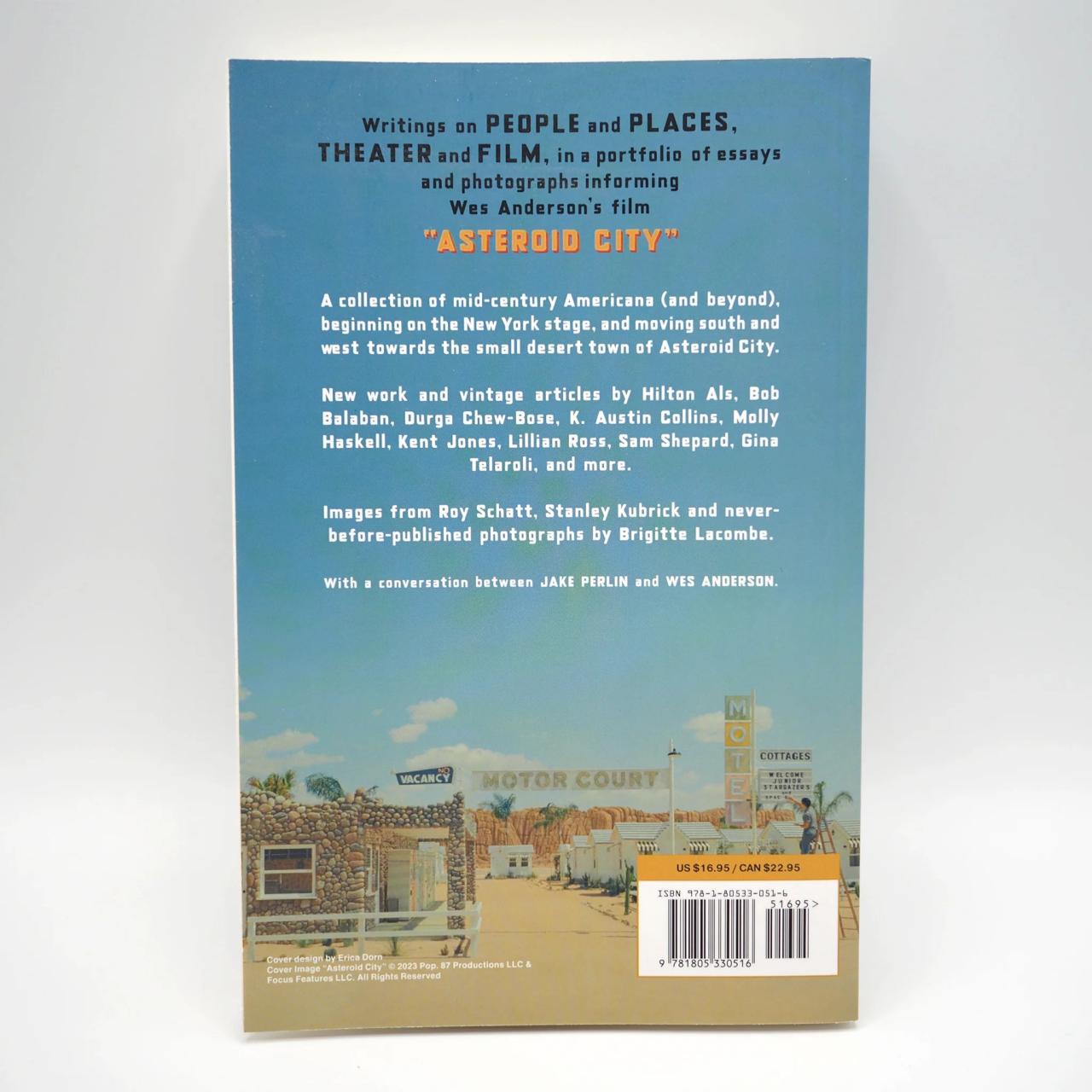Buckle up, folks! We’re diving into a wild ride through the heart of mid-century America, where the American West wasn’t just a place, it was a state of mind. We’ll be exploring how the silver screen, the Broadway stage, and even the chilling threat of nuclear war all reflected the spirit of the Wild West, shaping our national identity in ways that still resonate today.
This journey will take us from the epic landscapes of Westerns like “The Searchers” and “High Noon” to the toe-tapping tunes of Broadway musicals like “Oklahoma!” and “Paint Your Wagon.” We’ll examine how these artistic expressions captured the spirit of the American West, from its romanticized frontier mythology to its grittier realities, and how these themes intertwined with the anxieties of the Cold War era.
Get ready to saddle up and explore the stories that shaped a nation.
The Broadway Stage and the American West
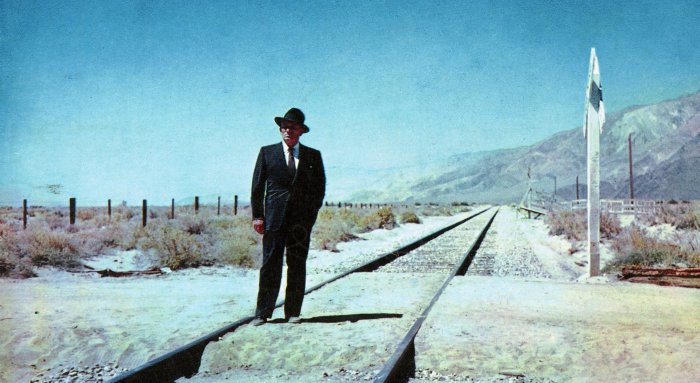
The American West has long held a powerful allure for Americans, and its influence is evident in the rich tapestry of Broadway musicals, particularly during the mid-century period. From the rugged landscapes and pioneering spirit to the tales of love and adventure, the West provided a fertile ground for Broadway’s creative endeavors.
Themes of Frontier Spirit, Adventure, and Romance
The American West, with its vast expanses, rugged terrain, and the promise of a new beginning, resonated deeply with the post-World War II generation. The themes of frontier spirit, adventure, and romance were woven into the fabric of many Broadway musicals, reflecting the era’s yearning for escape and optimism.
Music and Dance
Music and dance played a pivotal role in capturing the unique character and culture of the American West on the Broadway stage. The music often incorporated elements of folk and country traditions, reflecting the diverse musical heritage of the region.
The dance, too, was influenced by the West, with choreographers using sweeping movements and intricate steps to evoke the vastness of the landscape and the energy of the frontier.
Examples of Broadway Musicals
- Oklahoma!(1943): This landmark musical, set in the Oklahoma Territory during the late 19th century, is considered one of the first great American musicals. The story revolves around the clash between traditional ways and modern ideas, with the backdrop of the frontier providing a vibrant setting for the musical’s themes of love, community, and the struggle for independence.
The music, composed by Richard Rodgers and Oscar Hammerstein II, is a masterful blend of folk and Broadway styles, capturing the spirit of the West.
- Paint Your Wagon(1951): This musical, based on the novel by “The Caine Mutiny” author, Herman Wouk, tells the story of two men who strike gold in the California gold rush and their ensuing romantic entanglements. The music, by “Oklahoma!” composer Richard Rodgers and “South Pacific” lyricist Oscar Hammerstein II, is a mix of country and western styles, creating a lively and authentic atmosphere.
- The Music Man(1957): Set in the small town of River City, Iowa, in the early 1900s, this musical tells the story of a charming con man who pretends to be a bandleader and tries to sell the town’s children on the idea of forming a marching band.
The music, by Meredith Willson, is full of infectious energy and humor, and the dance numbers, with their intricate formations and lively steps, capture the small-town spirit of the American West.
Stage Set Design
Imagine a scene in a Broadway musical set in a frontier town, with a saloon in the foreground and a backdrop of towering mountains. The lighting would be warm and inviting, casting long shadows that evoke the sense of a dusty, sun-baked town.
The costumes would be authentic to the period, with men wearing cowboy hats, boots, and denim shirts, and women sporting long skirts and bonnets. The props would include a wooden bar, a piano, and a few tables and chairs, adding to the ambiance of a lively frontier saloon.
“Do Not Detonate Without Presidential Approval” as a Metaphor
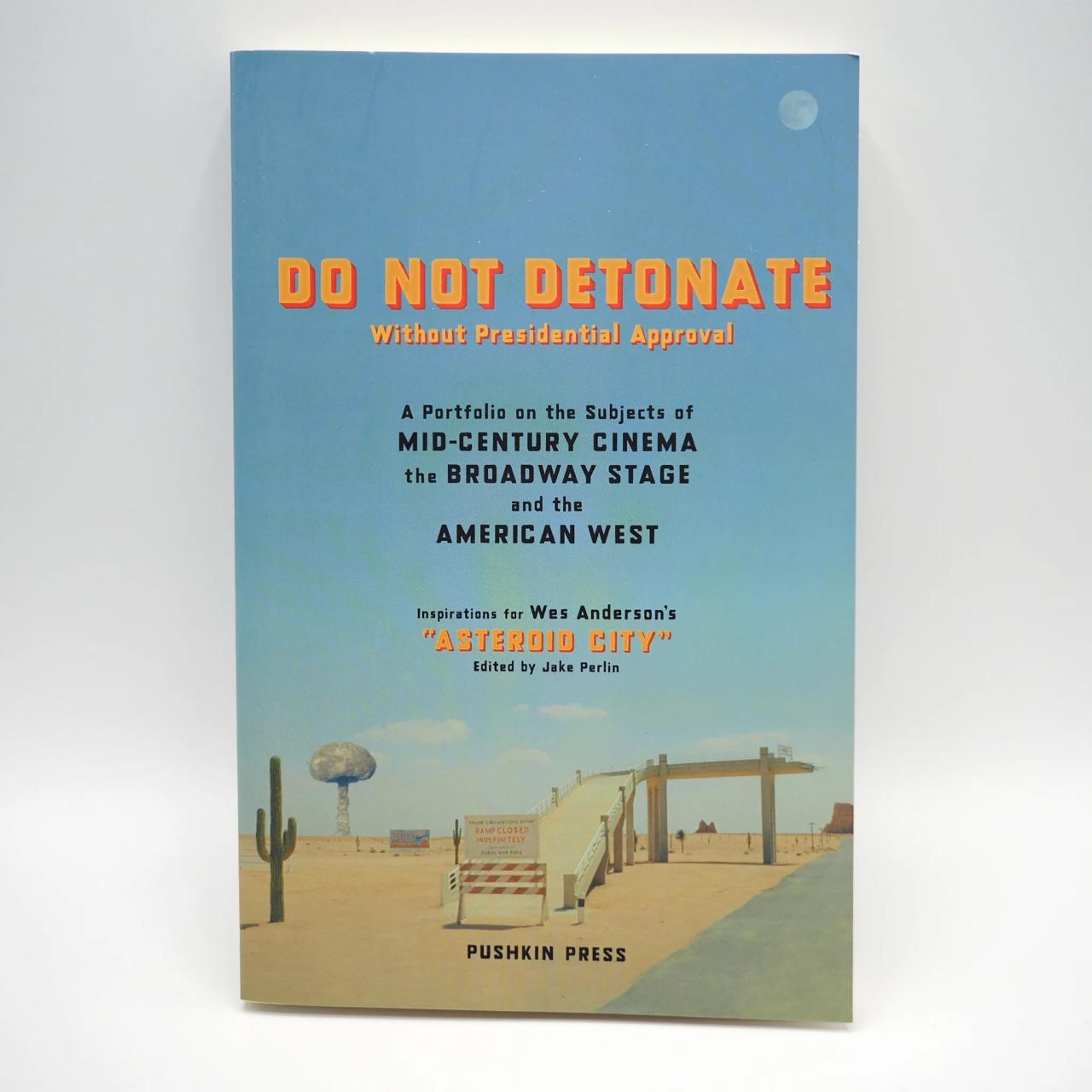
The phrase “Do Not Detonate Without Presidential Approval,” a stark warning etched onto the side of nuclear weapons, serves as a powerful metaphor for the pervasive tension and uncertainty that characterized the Cold War era. This seemingly simple instruction encapsulates the anxieties and fears surrounding nuclear war, the delicate power dynamics between the federal government and individual citizens, and the unique anxieties of the American West, a region seen as both a frontier and a potential battleground.
So, you’re digging into the wild world of mid-century cinema, Broadway, and the American West? That’s some serious Americana, man! And you know what’s gonna level up your research? Mastering Photoshop Elements. Check out this sweet guide, Adobe Photoshop Elements 2023 A Guide For Beginners And Seniors To Master Photoshop Element Techniques Features And Tools With Tutorials To Professionally Organize Edit And Enhance Images , to learn how to edit and enhance those vintage photos of cowboys, Broadway stars, and iconic film sets.
You’ll be a Photoshop pro in no time, ready to make your research project shine like a Hollywood spotlight!
The Nuclear Shadow
The phrase’s most immediate implication is the chilling reality of nuclear war. The very act of “detonating” a nuclear weapon, a force capable of unimaginable destruction, is entrusted to the sole discretion of the President of the United States. This highlights the immense responsibility placed upon the President, who holds the power to unleash a weapon that could reshape the world in an instant.
The phrase also reflects the anxieties of the era, where the constant threat of nuclear annihilation loomed over every aspect of life. The fear of a sudden and catastrophic end permeated American society, shaping everything from public discourse to personal anxieties.
Ready to dive into the golden age of Hollywood, the dazzling lights of Broadway, and the rugged landscapes of the American West? “DO NOT DETONATE Without Presidential Approval A Portfolio on the Subjects of Mid-century Cinema the Broadway Stage and the American West” is your ticket to a nostalgic journey.
You can Download And Listen Here and get lost in the stories, the music, and the iconic figures that defined a bygone era. So grab your popcorn, settle in, and let’s explore the captivating world of mid-century entertainment.
Book Review: “The Western” by Will Wright
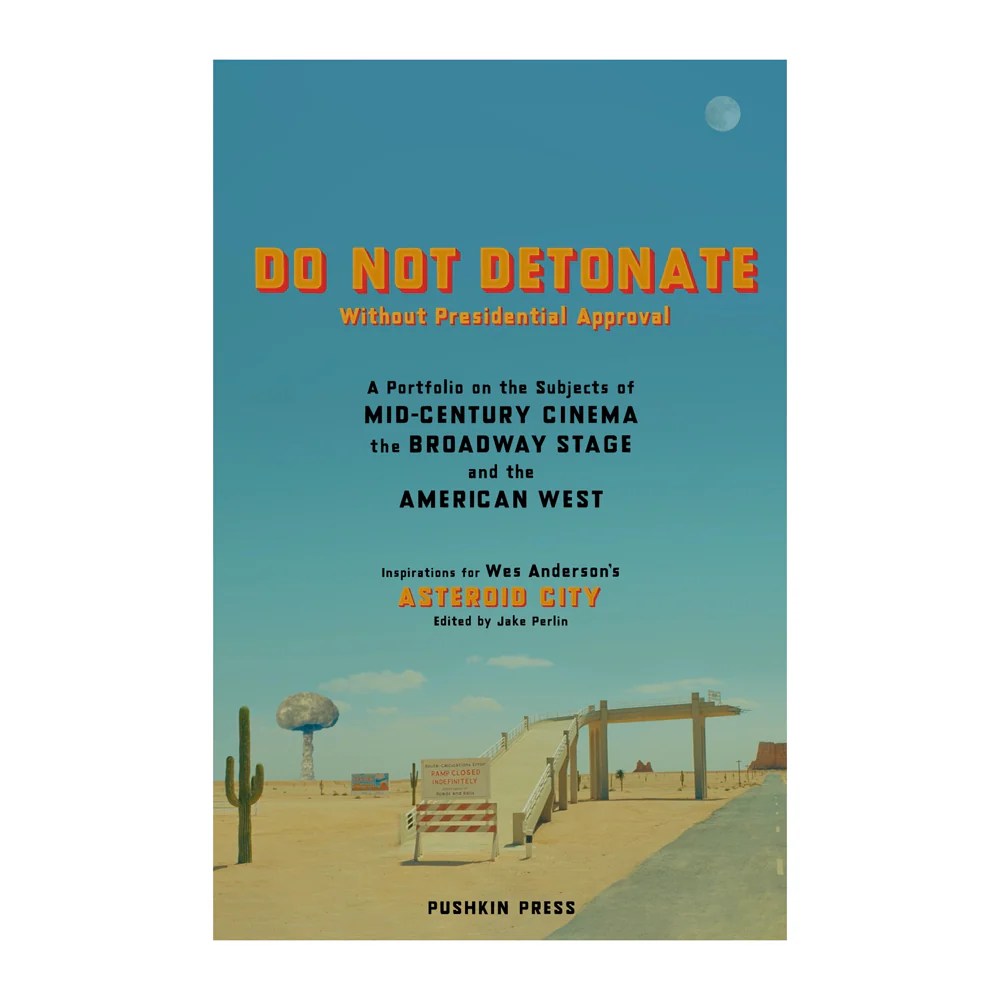
Will Wright’s “The Western” is a comprehensive and engaging exploration of the Western genre, tracing its evolution from its roots in dime novels and early silent films to its modern-day iterations. Wright delves into the historical, cultural, and political contexts that shaped the Western, revealing how the genre has reflected and shaped American identity throughout the 20th and 21st centuries.
The Evolution of the Western Genre
Wright meticulously examines the evolution of the Western genre, highlighting its diverse forms and thematic variations. He explores the genre’s origins in the romanticized tales of the American frontier, emphasizing how the Western has served as a vehicle for exploring themes of individualism, manifest destiny, and the struggle between civilization and wilderness.
He then traces the genre’s development through the silent era, the golden age of Hollywood Westerns, and its subsequent reinventions in television, independent cinema, and contemporary culture.
So, you’re digging into “DO NOT DETONATE Without Presidential Approval A Portfolio on the Subjects of Mid-century Cinema the Broadway Stage and the American West”? That’s a wild ride! It’s like you’re trying to capture the spirit of the Wild West, but with a dash of Hollywood glamour and a Broadway twist.
Think about it, the American West was all about finding your own truth, and that’s what you’ll find in “The Teachings of Don Juan A Yaqui Way of Knowledge,” a mind-blowing exploration of the power of perception. Maybe you’ll find that your portfolio is a lot more than just a collection of papers, it’s a journey of self-discovery, just like the cowboys and the stars of the silver screen.
The Western’s Enduring Appeal
Wright delves into the Western’s enduring appeal, arguing that the genre continues to resonate with audiences because it offers a powerful and evocative representation of American mythology and identity. He analyzes the Western’s recurring motifs, such as the lone cowboy, the frontier town, and the showdown, demonstrating how these elements have captured the imagination of generations of viewers and readers.
So, you’re digging into “DO NOT DETONATE Without Presidential Approval,” a deep dive into mid-century cinema, Broadway, and the Wild West? That’s some serious Americana! But hey, if you’re looking for a little lighter fare, check out A neat and clean married woman in the neighborhood Konichiwa from the side (Japanese Edition) , a story that’s way more “aw shucks” than “atomic bomb.” After all, even the most hardcore film buff needs a little slice of life, right?
The Western and the American West
Wright examines the complex relationship between the Western genre and the American West, exploring how the genre has both reflected and distorted the realities of frontier life. He analyzes the historical accuracy and the fictionalized elements of Westerns, demonstrating how the genre has often served as a tool for constructing and perpetuating certain narratives about the American West.
Key Themes and Arguments
Wright’s “The Western” presents a compelling argument for the genre’s significance in American culture, highlighting its ability to both reflect and shape our understanding of the past, present, and future. The following table summarizes the key themes and arguments presented in the book:
| Theme | Argument |
|---|---|
| Evolution of the Western Genre | The Western genre has undergone significant transformations throughout its history, reflecting changing social, political, and cultural contexts. |
| The Western’s Enduring Appeal | The Western’s enduring appeal stems from its ability to tap into fundamental American myths and values, such as individualism, self-reliance, and the pursuit of freedom. |
| The Western and the American West | The Western genre has played a crucial role in shaping our understanding of the American West, both by romanticizing its history and by perpetuating certain stereotypes about frontier life. |
Closing Summary
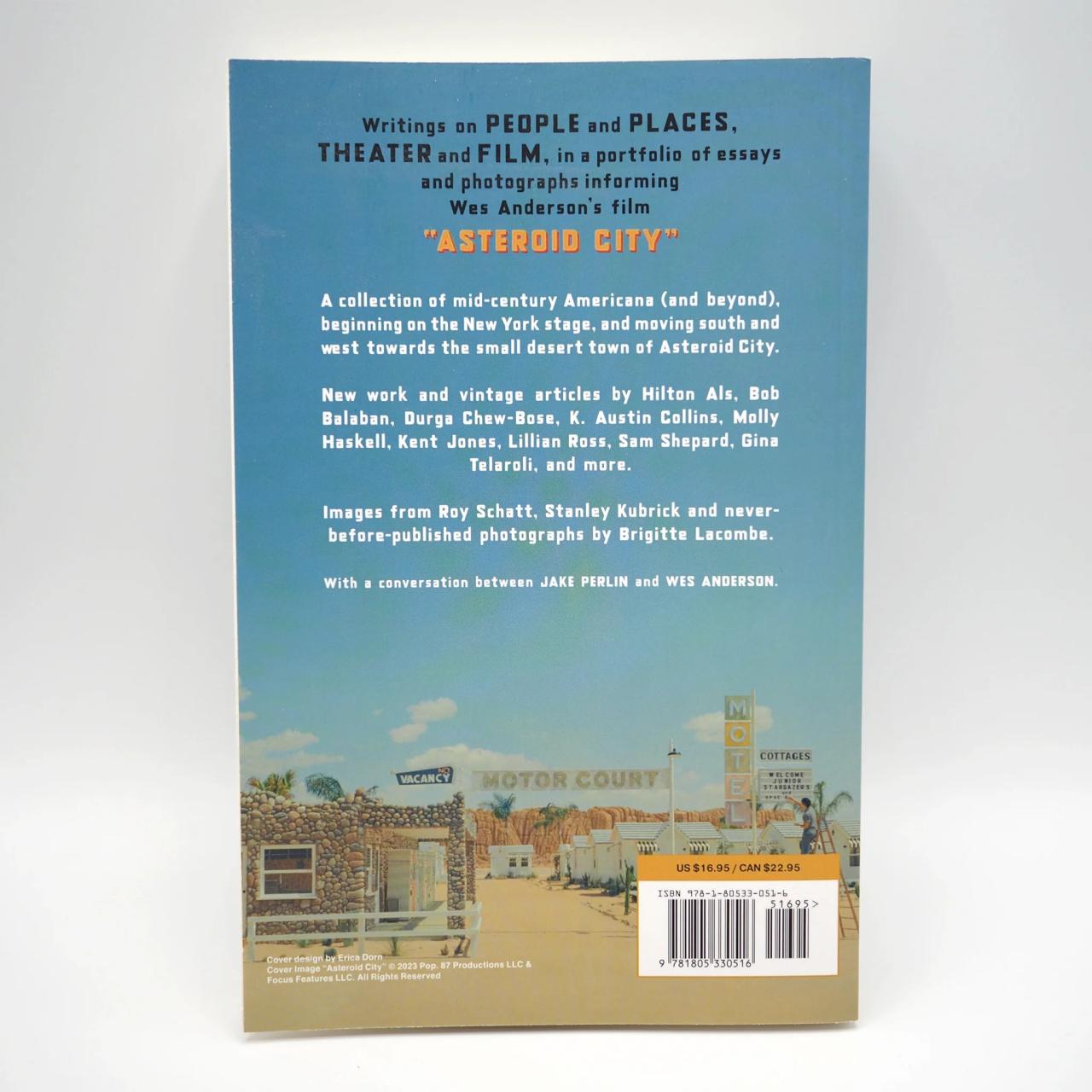
So, whether you’re a fan of John Wayne, a lover of Broadway show tunes, or just fascinated by the history of the American West, this portfolio has something for you. We’ve unearthed the stories behind the stories, revealing the complexities of a time when the American West was both a symbol of hope and a potential battleground.
We’ve shown how the West, both real and imagined, continues to shape our culture, and how the echoes of that era still resonate today. Now, go out there and explore your own Wild West, and remember, “Do Not Detonate Without Presidential Approval!”
Top FAQs
What were some of the key visual techniques used in mid-century Westerns to capture the vastness of the American West?
Mid-century Westerns often used wide-screen cinematography, Technicolor, and sweeping camera movements to capture the grandeur and beauty of the Western landscape. These techniques created a sense of awe and wonder, emphasizing the vastness and untamed nature of the West.
How did the American West influence the themes and stories of Broadway musicals during the mid-century period?
Broadway musicals often drew inspiration from the American West, incorporating themes of frontier spirit, adventure, romance, and the clash of cultures. These themes were often conveyed through music and dance, creating a vibrant and engaging portrayal of Western life.
What are some of the key arguments presented in “The Western” by Will Wright?
Wright’s book examines the evolution of the Western genre in film and literature, exploring its enduring appeal and its role in shaping American identity. He analyzes the historical, cultural, and political contexts that influenced the Western genre, highlighting its connections to themes of individualism, frontier mythology, and the clash of cultures.

